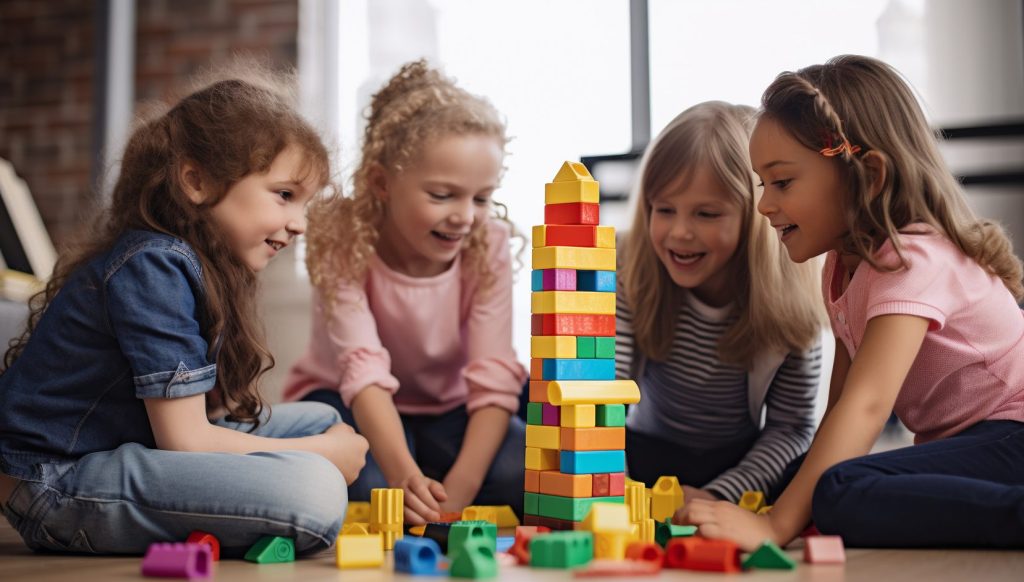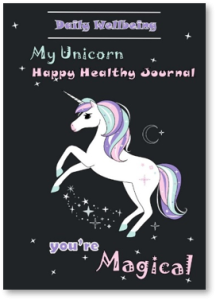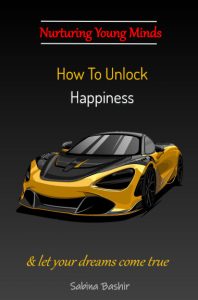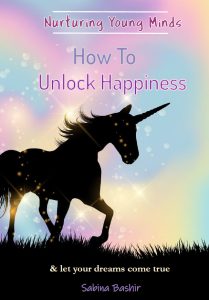The Montessori style of education is well-known for its emphasis on promoting positive mental health and wellbeing in children.
Here are some ways in which the Montessori approach supports mental health in the Build-a-B.R.A.I.N. Program:

The Montessori style of education is well-known for its emphasis on promoting positive mental health and wellbeing in children.
Here are some ways in which the Montessori approach supports mental health in the Build-a-B.R.A.I.N. Program:
Child-Centred Learning: Montessori education recognises the individual needs, interests and abilities of each child. This is incorporated into the Build-a-B.R.A.I.N. Program, allowing children to follow their natural curiosity and interests. This approach fosters a sense of autonomy, self-direction and intrinsic motivation, which are essential for positive mental health.
Hands-On, Experiential Learning: Hands-on materials and activities engage children in active exploration and discovery. This experiential learning approach promotes sensory engagement, creativity, and problem-solving skills, providing children with a sense of accomplishment and fulfilment that contributes to their overall wellbeing.
Promotion of Independence and Self-Esteem: In the Montessori approach, children are encouraged to take responsibility for their own learning and daily activities. The Build-a-B.R.A.I.N. Program, therefore, provides opportunities for independence, choice and self-directed learning. This helps children develop confidence, self-esteem and a positive sense of identity, all of which are important for mental health.
Mixed-Age Grouping: Like Montessori learning, which encourages mixed-age grouping, the Build-a-B.R.A.I.N. Program allows younger children to learn from older peers and older children to develop leadership skills and empathy. This collaborative learning environment promotes social-emotional development, empathy, and a sense of belonging, all of which contribute to positive mental health outcomes.
Focus on Peace Education and Conflict Resolution: Like Montessori education, the Build-a-B.R.A.I.N. Program emphasises the importance of peace education and teaches children conflict resolution skills, empathy and respect for others. By promoting a culture of kindness, compassion and cooperation, the program creates a supportive and inclusive community where children feel safe, valued and respected, enhancing their overall mental health and wellbeing.
Overall, the Build-a-B.R.A.I.N. Program uses the Montessori style of education to provide a nurturing and supportive environment that promotes positive mental health outcomes in children. By prioritising individualised learning, hands-on exploration, independence and social-emotional development, Build-a-B.R.A.I.N. Program helps children develop the skills, attitudes and resilience needed to navigate life’s challenges and thrive emotionally, academically and socially.
The Build a Brain program uses Brain gym and neuroplasticity at the core of the program to impact and improve brain function and learning.
The movement-based interventions, support body and mind interconnectedness and influence cognitive processes such as attention, memory and problem-solving.
Here are some key scientific principles that support the Build-a-B.R.A.I.N. Program and the use of movement-based activities like Brain Gym:
Neuroplasticity: The brain has the remarkable ability to adapt and reorganise in response to experiences, a phenomenon known as neuroplasticity. Physical movement stimulates and promotes the growth and strengthening of neural connections. By engaging in movement-based activities, students can enhance neuroplasticity, leading to improved cognitive function and learning readiness.
Cross-lateral Movement: Build-a-B.R.A.I.N. Program uses many Brain Gym activities which involve cross-lateral movements that engage both sides of the body and stimulate communication between the brain’s hemispheres. This bilateral integration is thought to enhance coordination, spatial awareness and information processing. Research suggests that cross-lateral movements can activate neural pathways associated with cognitive function and improve overall brain connectivity.
Stress Reduction: Physical movement has been shown to reduce levels of stress hormones such as cortisol and promote the release of endorphins, which are neurotransmitters associated with feelings of wellbeing and relaxation. By incorporating movement-based activities into the Build-a-B.R.A.I.N Program, we can provide students with effective stress relief strategies and create a positive learning environment conducive to academic success.
Enhanced Attention and Focus: Movement-based interventions have been shown to improve attention, concentration and focus, key components of effective learning. By incorporating short movement breaks or activities into the school day, we can help students maintain optimal levels of attention and engagement, leading to improved academic performance and classroom behaviour.
Emotional Regulation: Physical movement has a direct impact on emotional regulation by activating the body’s parasympathetic nervous system, which is responsible for promoting relaxation and emotional stability. Brain Gym activities that involve rhythmic movements, deep breathing and mindfulness techniques can help students regulate their emotions, manage stress and develop resilience in the face of challenges.
These activities offer a scientifically supported approach to promoting student wellbeing, academic achievement and overall cognitive development, enhancing child health and wellbeing.
As part of a comprehensive approach to mental health, Brain Gym activities may offer individuals valuable tools for managing stress, improving focus and promoting emotional resilience.








